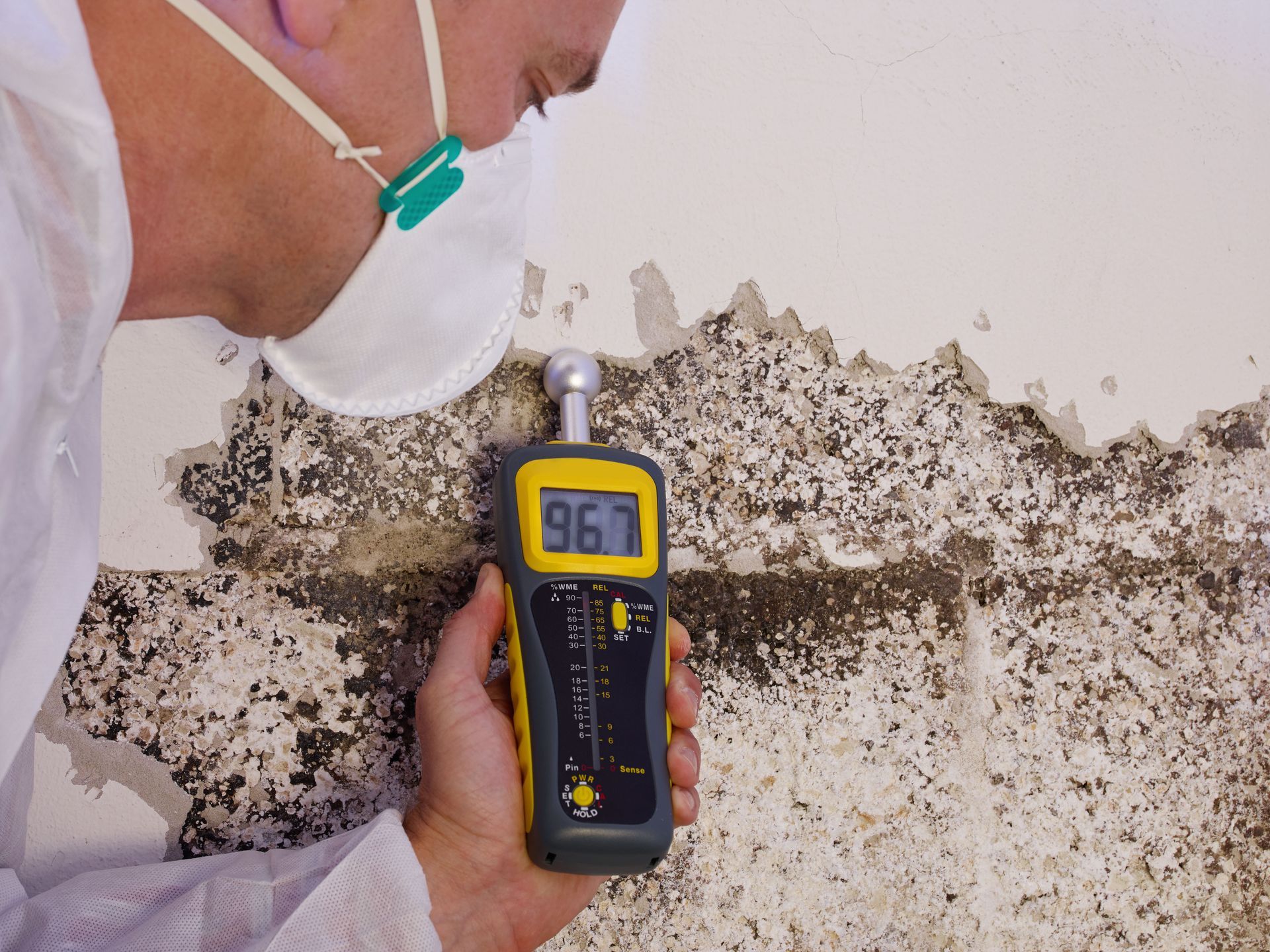What to Expect During a Lead Inspection
The process of buying a new home is exciting, but it can also be overwhelming. When you start looking at houses, the one thing on your mind is whether or not they will pass inspection. It's normal to feel some hesitation when considering how much work needs to be done on the house and if you'll find yourself spending thousands of dollars before even moving in.
Remember that a lead inspection does not mean that a house will have hidden lead paint issues in every room. Sometimes, though, there are small areas where problems exist. Hiring a professional inspector ensures that you know what areas need attention so future repairs won't become an issue for you and your family. It's better to know these things ahead of time than to find out after you've moved in and started noticing symptoms of lead poisoning. Some of the essential things to expect from a lead inspection are as follows:
Inquiry From the Inspector on When to Do the Inspection
When you are presented with an estimate to repair or condemn your home, one of the first things that the inspector will ask you is when they can come out and do a lead inspection. Lead inspections cannot wait for convenient days and times for homeowners, so it is important to go over the process, so everyone knows what to expect.
The Inspectors Must Dress Properly
Lead Inspectors should always dress properly, wear personal protective equipment (PPE) such as gloves and safety glasses, and show up on time. It can be very upsetting if someone comes into your home wearing dirty clothing and has not taken the proper precautions to protect themselves against exposure. The inspector will need access to all parts of your house where lead paint might exist. This includes all closets, open cabinets, attics, crawl spaces, unfinished basements, and garages.
Sampling Procedure
After letting the inspector come inside your house to begin their work, they will take some samples. These samples will be taken from surfaces that are known or assumed to contain lead-based paint. This includes all painted surfaces (walls/ceilings/trim) and some fabrics (curtains/upholstery). If there is any interest in the condition of specific fixtures or furniture not made before 1978, then those can be sampled as well.
The inspector should carefully follow recommended sampling procedures, including taping off small areas (1 square foot) with blue painter's tape before taking the sample(s). The samples must be cut into small pieces and then placed into labeled zip lock bags – the inspector should provide you with a list of where all of the samples were taken.
One of the most important and misunderstood aspects of lead inspections is that anything that contains lead must not be sold, donated, or given away until after it has been tested for lead contamination. This includes donating toys to charity or giving them to relatives for their children. No matter how much you clean it if your house was built before 1978, there is no way to know if paint containing lead is on those items and any other parts painted over. It is usually best to throw these items away because they might need expensive special disposal procedures, costing thousands of dollars.
Testing Out Samples
Once the inspector has finished taking their samples, they will need to send them out for testing. The party responsible for paying for these tests is whoever owns the property. If you own it, you will be responsible for getting them done and ensuring it got in within a certain period (usually 30 days).
Once the results are back from the lab, assuming that there is lead paint on your home or building, then your inspector should schedule another appointment with you. This time they should take more samples and use much more scrutiny to judge where lead might exist based on what was found during this first inspection. The inspector's representative will provide specific instructions about these inspections, so please ask questions before your second appointment. No matter what type of property you own, if it was built before 1978, the inspector should follow these same procedures. This is because, according to a recent report by the U.S Environmental Protection Agency, houses likely to have lead built in the country before 1940 are estimated to be 90%. The probability tends to go down in the following decades. However, currently, any house constructed before 1978 after a national ban on lead-based paint is assumed to have the element that is more likely to infiltrate soil and water.
Lead inspectors see many lead problems every year and will do everything possible to make your house safe. You can help them by ensuring they have access everywhere where paint might be present, providing any previous test results.
If you are still worried about what might happen during an inspection or how much this entire process will cost, don't hesitate to get in touch with us for consultation. We offer lead inspection services to our clients at affordable rates. You do not have to worry about the worst that can happen since we will be more than glad to take you through the process in the right way.











Share On: